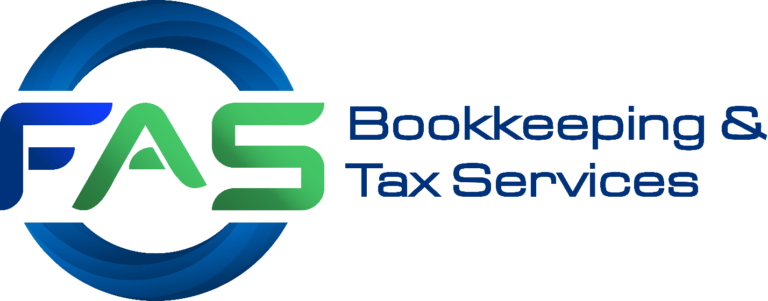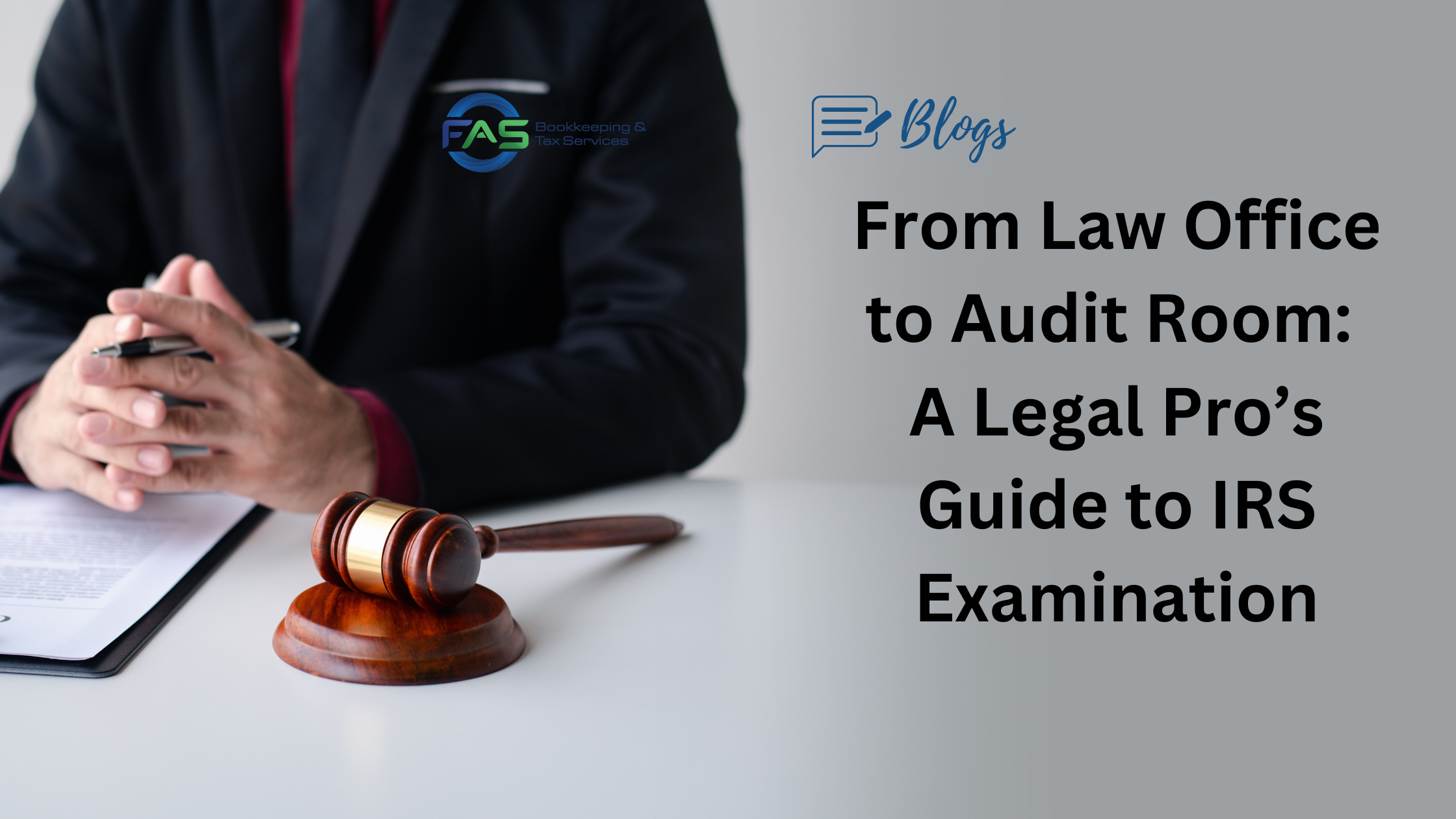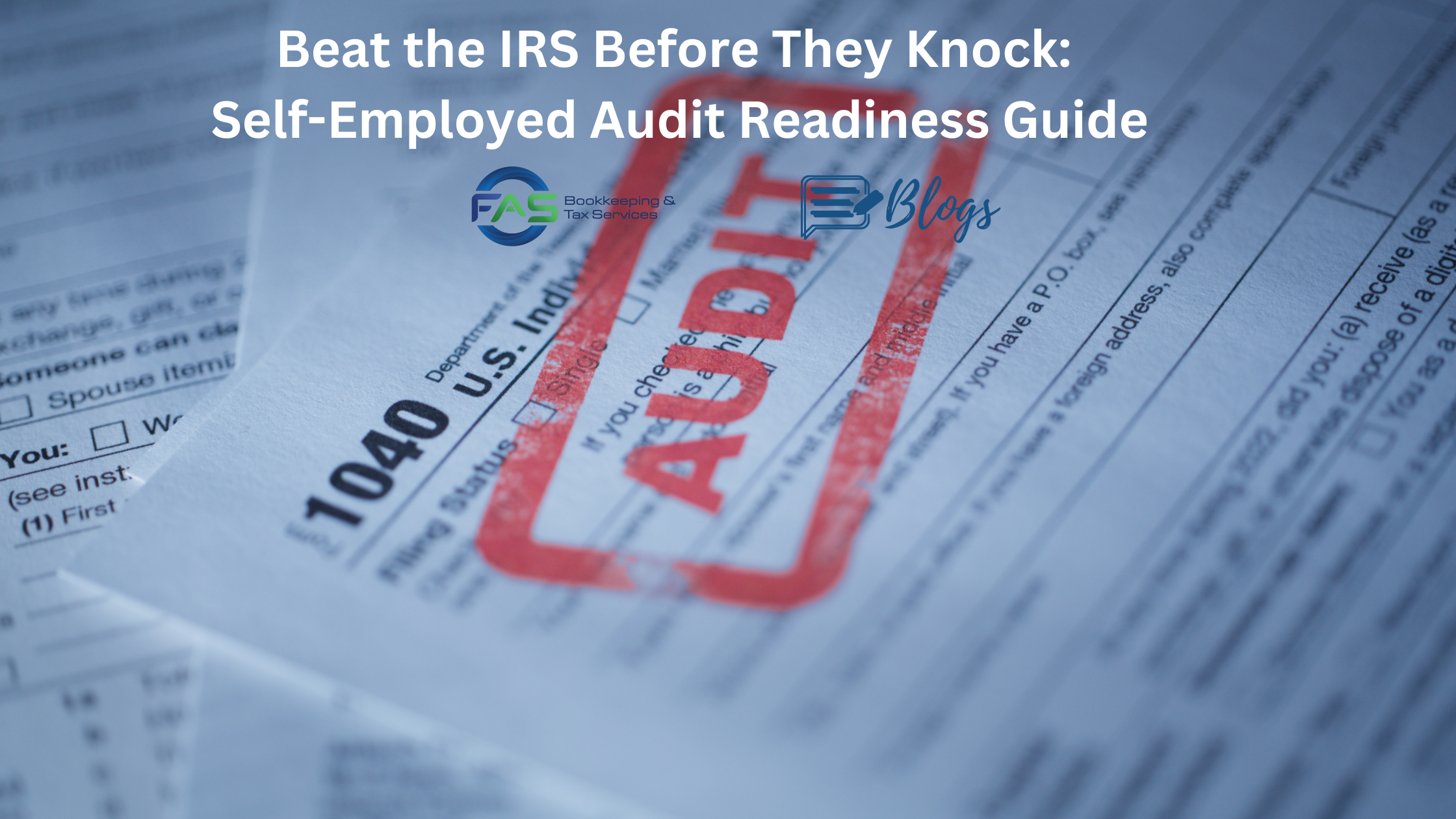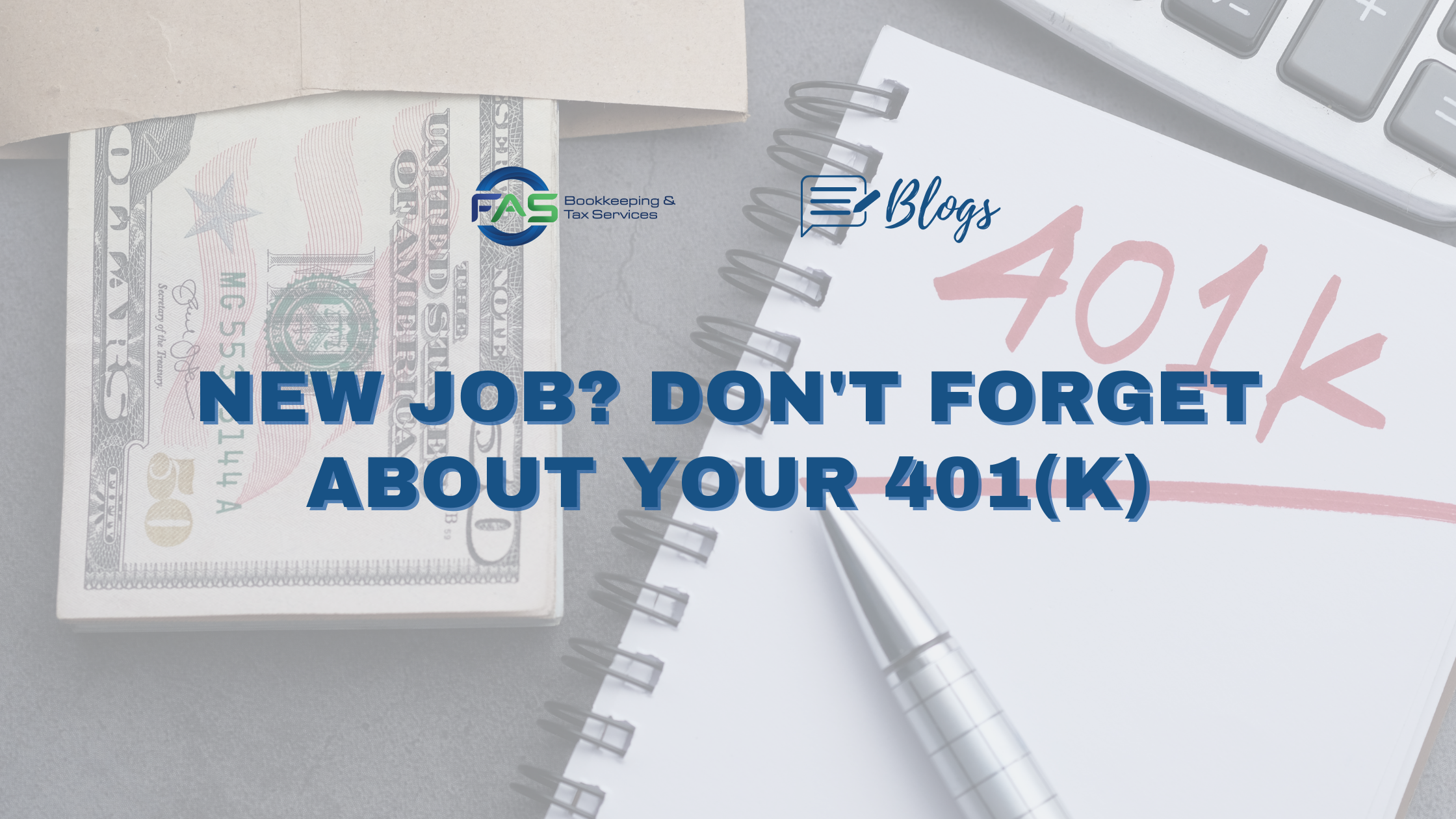New Job? Don’t Forget About Your 401(K)
What to do with your 401(k) is one of the most crucial decisions you’ll need to make when changing jobs because the wrong decision could end up costing you thousands of dollars or more in taxes and lower returns.
Consider that you have worked at your present position for five years. You’ve had the company contribute a predetermined portion of your pretax salary to your 401(k) plan for the majority of those years.
The common question is “What should I do now that I am leaving? Leave it alone is the first piece of advice. You have 60 days to choose whether to roll it over or keep it in the account. Avoid the urge to cash out. Withdrawing funds from a 401(k) plan and depositing them in bank accounts is the worst thing an employee can do when leaving a job. Here’s why:
For federal income taxes, the plan administrator will deduct 20% of your total distribution if you choose to have it paid directly to you. If you had $100,000 in your account and wanted to cash it out, you would now only have $80,000.
Additionally, if you’re under 59 1/2, there will be a 10% early withdrawal penalty assessed when filing your taxes. Your top line is now $70,000, down an additional 10%.
There is an exception to the 10% early withdrawal tax penalty if you leave service during or after the year you turn 55 (age 50 for public safety employees of a state or political subdivision of a state in a governmental defined benefit plan). This only applies to 401(k) plans. The exception does not apply to IRA, SEP, SIMPLE IRA, or SARSEP plans.
Furthermore, because distributions are taxed as ordinary income, you’ll have to pay the difference between your tax bracket and the 20% already deducted at the end of the year. For example, if you are in the 32% tax bracket, you will still owe 12%, or $12,000. This brings your cash distribution down to $58,000.
That’s not all, though. State and local taxes may also need to be paid. You might only receive slightly more than half of what you had saved after taxes and penalties, significantly underfunding your retirement savings.
What are the Alternatives?
The simplest course of action is to roll your account into the new plan before the 60-day window expires if your new job offers a retirement plan. This procedure, called a “rollover,” is relatively painless. All the forms you require should be available from the 401(k) plan administrator at your former place of employment.
Utilizing a direct transfer is the most effective way to transfer money from one 401(k) plan to another. You won’t receive a check with the direct transfer, you won’t pay any of the aforementioned taxes or penalties, and your savings will continue to grow tax-deferred until you retire.
Just be aware that many employers have minimum time requirements before allowing you to participate in a 401(k) (k). If so, one option is to keep your funds in the 401(k) plan of your previous employer until the new one becomes available. Then you can incorporate it into the new strategy. Most plans allow former employees to keep their assets in the old plan for a while.
401(K) 60-Day Rollover Period
If you have your former employer make the distribution check out to you, the Internal Revenue Service considers this a cash distribution. Your check will have 20 percent taken out automatically from your vested amount for federal income tax.
The Internal Revenue Service views this as a cash distribution if you instruct your former employer to make the distribution check payable to you. Federal income tax withholding of 20% will be automatically deducted from your check.
However, keep calm. You have 60 days to transfer the lump sum (along with the 20%) to the retirement plan of your new employer or to a rollover IRA (IRA). Then neither the early withdrawal penalty of 10% nor the additional taxes will be due.
If you are dissatisfied with the fund options provided by your new employer, you may want to consider a rollover IRA instead of your company’s plan. You can then select from hundreds of funds, giving you greater control over your money. However, to avoid the withholding headache, use direct rollovers.
Leave It Alone
If your 401(k) account balance is more than $5,000, you can usually leave it with your former employer’s retirement plan. Your lump sum will grow tax-free until you retire.
If you can’t leave the money in your former employer’s 401(k) and your new job doesn’t have one, your best bet is a direct rollover into an IRA. The same is true if you’ve decided to go into business for yourself.
Withdrawals from an IRA are taxed as ordinary income once you reach the age of 59 1/2. The IRS “Rule of 55” allows you to withdraw funds from your 401(k) or 403(b) without penalty if you are 55 or older.
When you turn 72, regardless of whether you’re working or not, you must start taking required minimum distributions (RMDs) from both your 401(k) and your IRA.
Help In Dealing With Your 401(K) Plan Is Just a Phone Call Away.
If you need assistance determining how a new job might affect your tax situation or have any questions about IRA rollovers, don’t be afraid to get in touch with us at admin@fas-accountingsolutions.com or call us at 713-855-8035.





